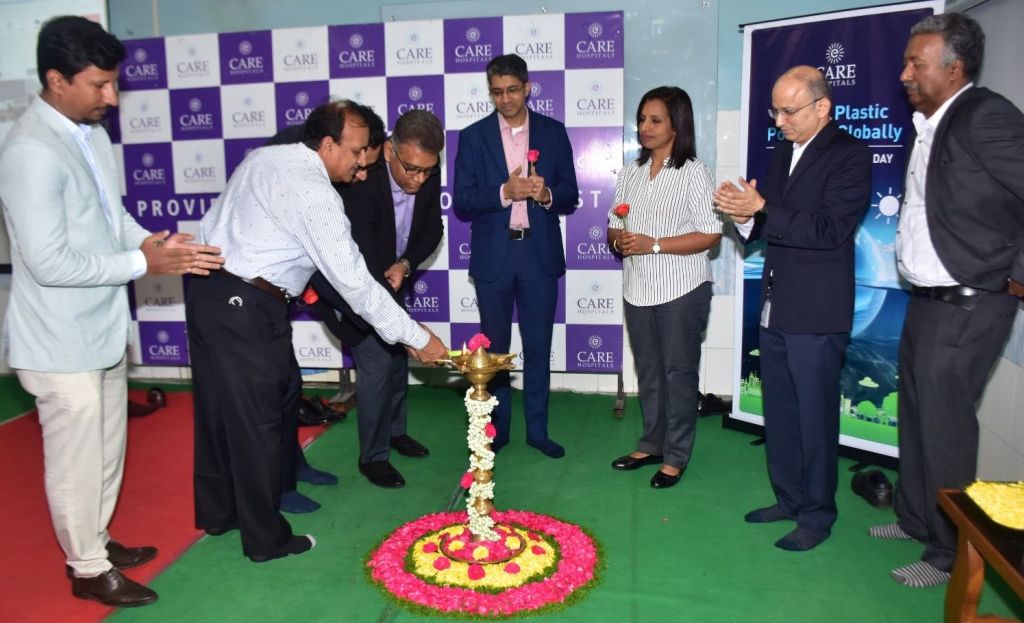By Capt. Saanjay Mandavia
India’s aviation sector has come a long way since the first domestic commercial flight took off on 18 Feb 1911, followed by the first international flight from Delhi to London in December 1912.
Today, India has become the third-largest domestic aviation industry in the world in terms of domestic traffic. However, during COVID-19 pandemic, the aviation sector witnessed a temporary decline with the demand for air travel dropping in 2020 to 25 percent of what was in 2019. But once again, the industry is booming with increasing passenger demand. Both international and domestic air travel are seeing a steady rise in the number of passengers.
Given the current demand for air travel and better air connectivity, regional airlines are also tapping into the opportunity. The overall aviation industry is poised for better and faster growth. And the regional airlines will play a bigger role as India seeks to connect its tier II and tier III towns, offering air connectivity options to the landlocked regions of the country.
Budget Expectations: What does the aviation sector expect?
However, for the domestic airlines sector to become the backbone of India’s changing aviation landscape, it needs support from the government, The domestic aviation space keeps getting exposed to severe challenges including weather conditions, infrastructure, maintenance issues, and so on. Recently, many flights got cancelled due to poor weather health leading to temporary surges in flight fares. Adverse weather conditions alone caused 39.6 per cent of flight disruption in the domestic sector. In addition, airports are often exposed to several flight cancellations due to poor infrastructure. These factors are not just troubling the passengers but also affecting the aviation industry as well as its contribution to the country’s economy.
It must be noted that the aviation sector has also seen many positive steps in the recent past such as the reduction in VAT (Value Added Tax), RCF (Regional Connectivity Fund) and the introduction of regional connectivity schemes like UDAN (Ude Desh Ka Aam Nagrik). Yet, there are many pressing issues that need to be addressed. The UDAN scheme which was initiated in April 2019 to promote enhanced air connectivity to remote areas of the nation has made significant contributions to the improvement of the regional airline space. It’s difficult to imagine regional airlines without this initiative.
The operational costs of the regional airline are very high but the UDAN scheme has been instrumental in making the ticket fares affordable for the common citizens. The regional aviation sector expects the same kind of support from the government of India from the upcoming budget scheduled for the 23rd of July, 2024.
Last year, the budget allocation for the aviation sector stood at 2922.12. However, the interim budget tabled in Feb 2024 presented a completely different picture. It proved a lot of anticipations wrong. For instance, the budget for UDAN and DGCA was reduced to Rs 502 crore and Rs 302.64 crore from the previous budget allocation of Rs 1244 crore and Rs 394.55 crore, respectively.
Despite that, the industry continues to expect support schemes, financial aid, subsidies and supportive tax policies for the development of the sector. While it holds immense potential to become the backbone of the country’s economy, continued support from the government in terms subsidies, supportive policy action and airport development will pave the way for the growth of the sector.
Future of the Aviation Industry: What to Look For?
Newly appointed Aviation minister Shri. Kinjarapu Ram Mohan Naidu promised to make air travel affordable. He further added that the common man is a little bit worried about high ticket prices. We still want to bring more people into air travel.
These statements from the new aviation minister give a lot to cheer for and look forward to. A gradual expansion of the airport network, effective measures for cost reduction and tax relief as well as impetus to promote the expansion of regional airlines fostering connectivity between under-served and unserved areas will provide much needed boost to the regional aviation space. Demand for air travel is poised to grow rapidly.
With the advent of schemes like UDAN and VGP, regional airlines are getting enough support for their operations. Recently, almost 13 airlines have commenced their operations with 519 routes activated under this scheme. Even the leading industry contributors look to consolidate grounds at the regional level.
While there is much more progress to be achieved, the upcoming annual budget for session 2024-25 remains a perfect for the government to reiterate its commitment.
The Indian Aviation sector, especially regional airlines anticipate support from government to flourish in the Budget 2024. Despite the potential growth in demand of air travel, the airlines are continuously exposed to challenges like maintenance issues, infrastructure problems and adverse weather condition. Although, they are grateful for support initiatives like UDAN, VAT reduction, etc, they look forward to financial aid, subsidies, tax relief, airport development and favourable policies. Statements of the new Aviation Minister have fuelled these hopes and the future of aviation industry looks promising.
[Capt. Saanjay Mandavia is the CMD of flybig airline]





